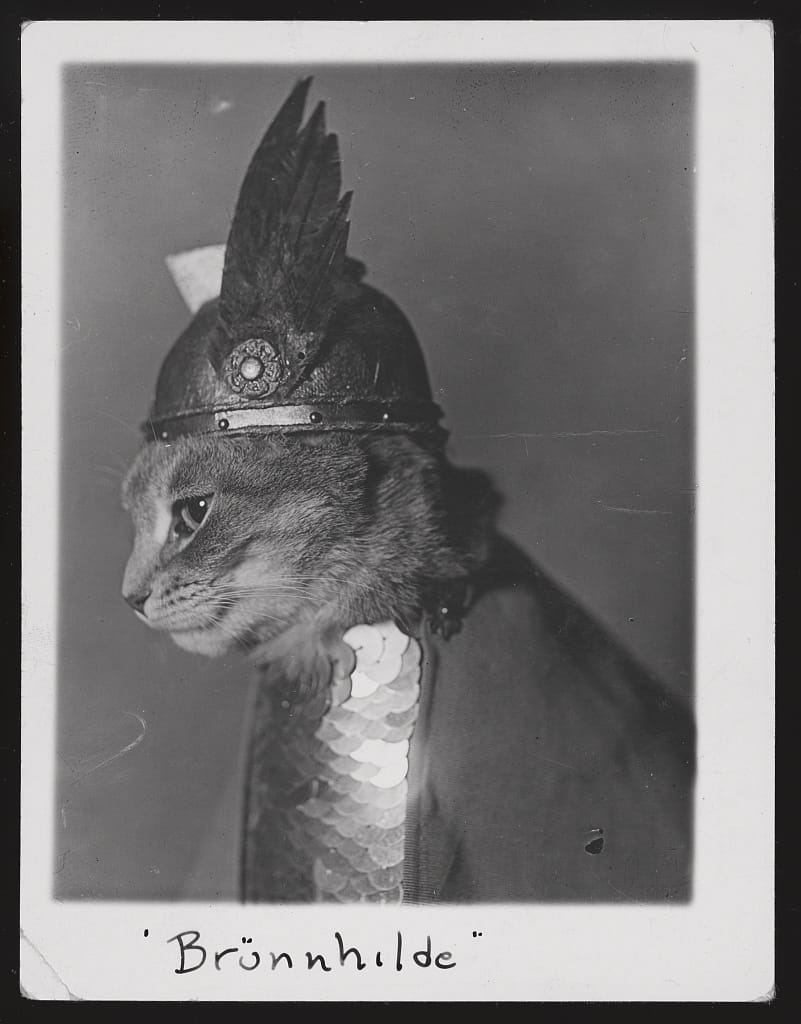Valkyrie

Words disappear from the language all the time. The concepts they represent become less useful or they are replaced by spiffier, newer terms and fade into obscurity and eventual disappearance from all but the largest of historical dictionaries. But occasionally these words are plucked from the fields of the slain and given new life. Such is the case with Valkyrie.
A Valkyrie, in Norse mythology, is a female warrior spirit who selects the most heroic of the battlefield dead and escorts them to eternal life in the warrior-paradise of Valhalla. The word comes from the Old Norse valr, or the “the dead, slain,” and kjósa, “to choose.” So a Valkyrie is literally a “chooser of the slain.”
The Old Norse word had a cognate in Old English, wælkyrie, but in early medieval England the word was used to denote an evil female goddess or demon (e.g., the Furies or the Gorgons), or even a sorceress or witch. While the word gained a foothold in early medieval England, it does not appear that the Scandinavian mythology of the female spirit who selected the best from among the slain warriors did.
The Old English word appears mostly in glosses, but here is an example from The Wonders of East, a description of the fantastic peoples and creatures to found in distant lands. It’s one of the texts in the Beowulf manuscript, copied c.1010. This text uses the adjective wælcyrian. Exactly what the word signifies in this case is unclear, but it means something akin to Gorgon-like or demonic:
Eac þonne þær beoð wildeor acenned; þa deor þonne hy mannes stefne gehyrað, þonne fleoð hy feor. Þa deor habbað eahta fet on wælcyrian Eagan ond twa heafdu; gif him hwylc mon onfon wille, þonne hiera lic-homan þæt hy onælað. Þæt syndon þa ungefrægelicu deor.
(Also, wild animals are native there; when those animals hear a human voice, then they flee far away. The animals have eight feet and Valkyrian eyes and two heads; if anyone wishes to capture them, then they ignite their bodies in flames. Those are incredible animals.)
This Old English cognate survives into Middle English, but it disappears from the language sometime after 1400.
Valkyrie was reintroduced into English in the mid-18th century as tales of Norse mythology began to be studied and translated into English. With this reintroduction, the Scandinavian sense of the female chooser of the slain and the association with Norse mythos came into English.
Sources:
Geir, Zoega T., valr, kjósa, A Concise Dictionary of Old Icelandic, Toronto: University of Toronto Press, reprint 2004, originally published 1910.
Middle English Dictionary, 2019, s.v. walkirie, n.
Oxford English Dictionary, third edition, September 2009, s.v. Valkyrie, n., walkyrie, n.
“Wonders of the East.” In The Beowulf Manuscript, R. D. Fulk, ed. Dumbarton Oaks Medieval Library 3. Cambridge, Massachusetts: Harvard UP, 2010, 16–19. London, British Library, Cotton MS Vitellius A.xv.
Photo credit: Adolph E. Weidhaas, 1936. Library of Congress. Public domain image.